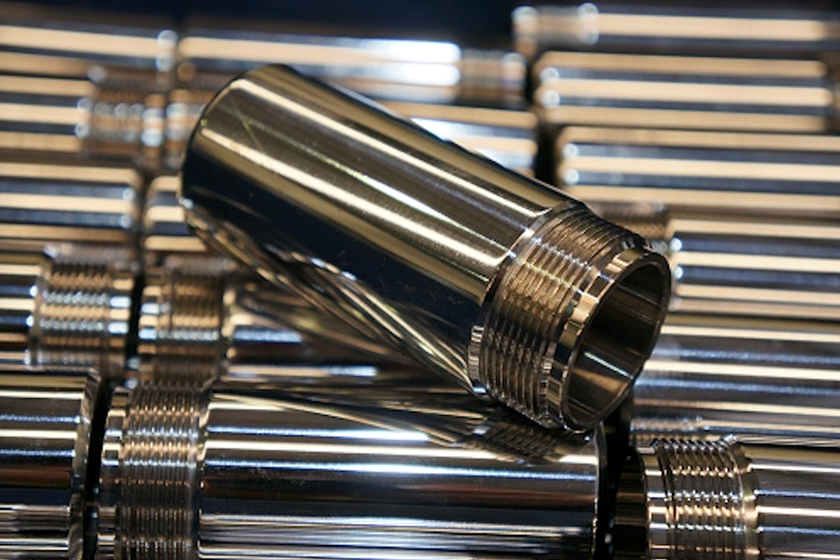Painting and Finishing
I am in the business of reconditioning, repairing and customizing guitars. I am painting some of them and I require some advice on finishing the job. I have read that now I need a clear coat finish to complete the job, especially on metallic-type paints. Here are my current questions and concerns: 1) Can I use a spray style of clear coat? 2) Is sanding required before application of clear coat? 3) How critical is cure time for the clear coat? 4) Do I wet sand clear coat to obtain a high gloss finish, or is this obtained another way with polishing/rubbing compounds?
Q. I am in the business of reconditioning, repairing and customizing guitars. I am painting some of them and I require some advice on finishing the job.
I have completed the priming and painting aspect of the project using a spray can style automotive paint from a major retail outlet. It is covering well for what I need. The metallic paint contains toluene and acetone. I have sanded between coats of primer and several coats of paint after each application.
I have read that now I need a clear coat finish to complete the job, especially on metallic-type paints. Here are my current questions and concerns:
- Can I use a spray style of clear coat?
- Is sanding required before application of clear coat?
- How critical is cure time for the clear coat?
- Do I wet sand clear coat to obtain a high gloss finish, or is this obtained another way with polishing/rubbing compounds?
A. K. T., why do you want to work so hard? Throw away the polishing and rubbing compounds and also throw away most of the wet and dry sand paper! More than 100 years ago, the railroad industry started painting their passenger cars with a color coat (paint) topcoated with a clear coat (varnish). During that time, the automotive industry applied several coats of lacquer, rubbing between coats and after the last coat. And just a few years ago, one of my neighbors painted his hot rod candy apple red, applying 45 coats of hand-rubbed lacquer (yes, other people like to work hard, too). And recently, the automotive industry “discovered” color coat-clear coat. You should do the same.
I’ll answer your questions by the numbers. 1) At the same major retail where you bought your metallic finishes, or at a paint store, you can buy clear coats in a spray can. 2) Sanding before application of the clear coat is only required if there are wood fibers showing through the color coat (unless the painting instructions on the spray can call for sanding between coats). 3) Cure time of the clear coat is critical because the part must be cured before handling. 4) You will not need to wet sand nor do you need to use polishing or rubbing compounds on the clear coat if you use a high-gloss clear coat.
RELATED CONTENT
-
Phosphate Conversion Coatings
Types of phosphate conversion coatings, how to apply them, and their specific functions.
-
Drivers of Change
Is your metal finishing software ready for an upgrade?
-
Masking for Surface Finishing
Masking is employed in most any metal finishing operation where only a specifically defined area of the surface of a part must be exposed to a process. Conversely, masking may be employed on a surface where treatment is either not required or must be avoided. This article covers the many aspects of masking for metal finishing, including applications, methods and the various types of masking employed.















